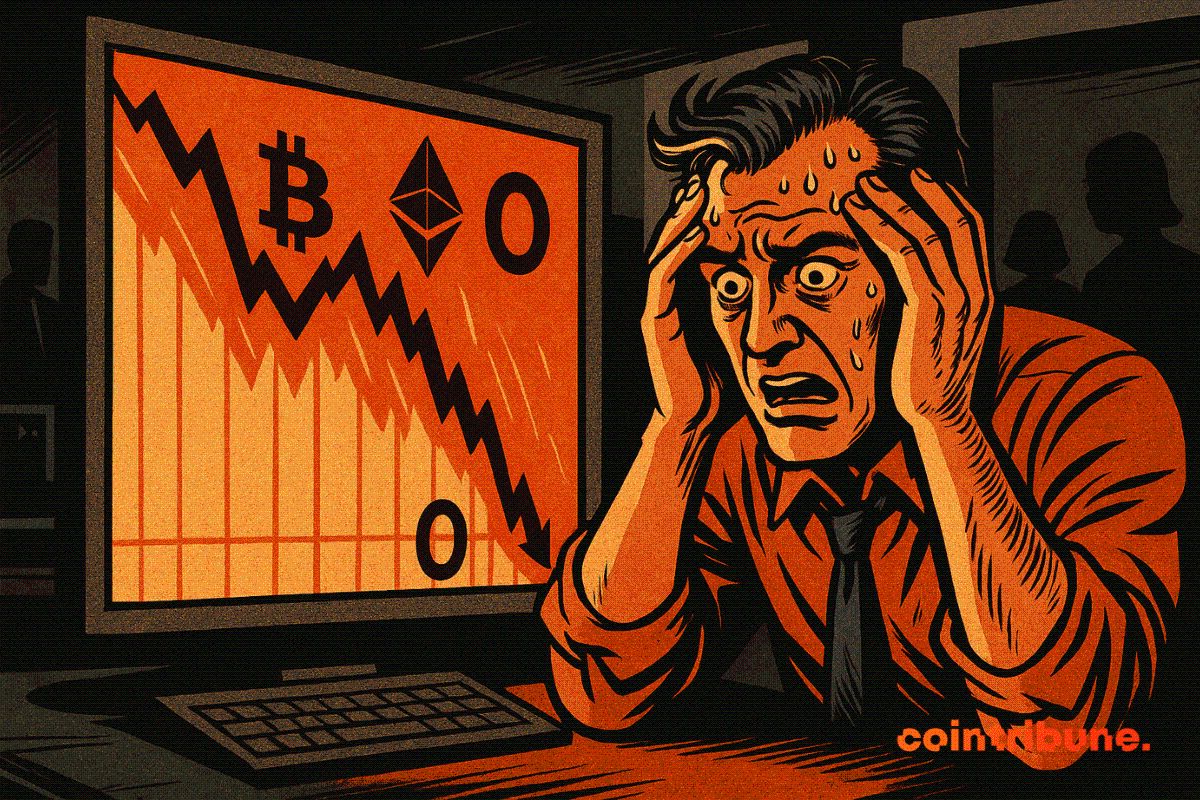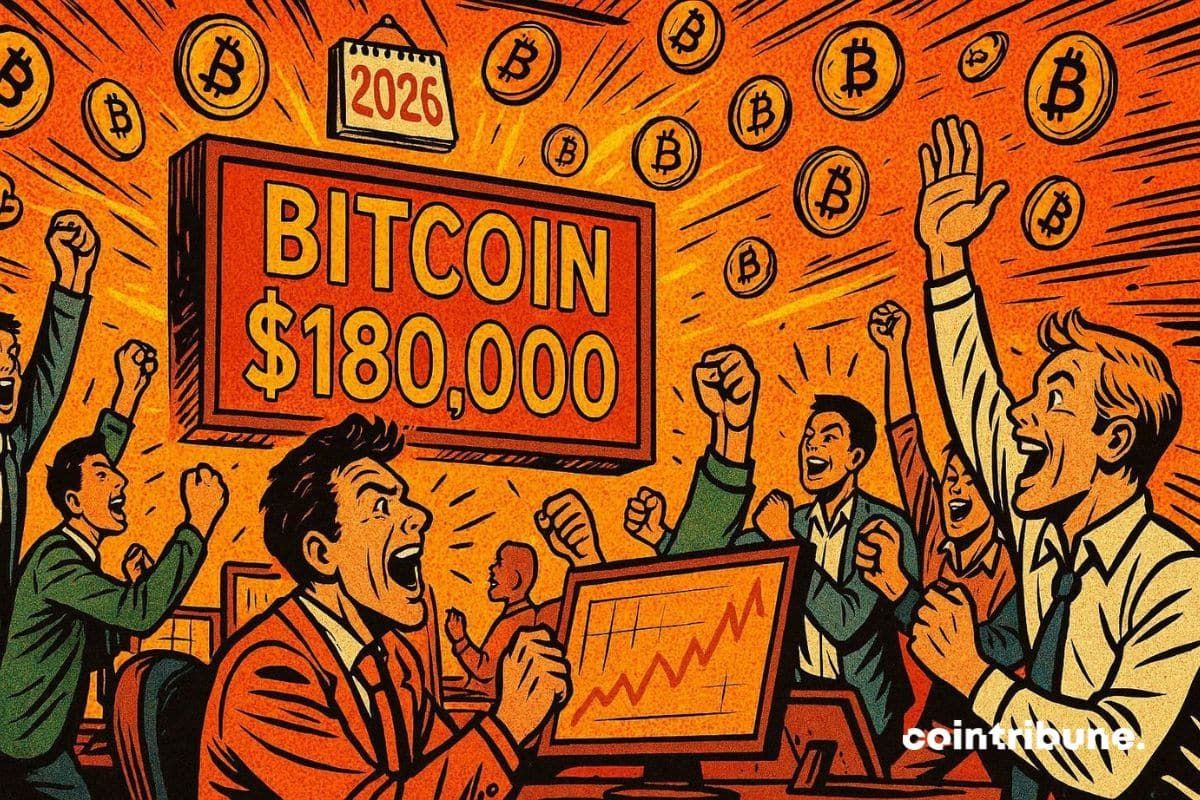Solana News Today: Solana's Speed Gambit: Can It Outrace Ethereum's Legacy?
- Solana’s Alpenglow upgrade aims to reduce block finality to 150ms by replacing Proof-of-History and TowerBFT with Votor and Rotor systems, entering voting phase on August 27, 2025. - The upgrade has driven SOL’s 5.9% surge post-announcement, outperforming Bitcoin and Ethereum, fueled by institutional adoption like Franklin Templeton and BlackRock tokenizing funds on Solana. - Solana’s ecosystem grew 83% YoY, with 9.3B DeFi TVL and 2,707 joules/transaction energy efficiency, surpassing Ethereum’s 707,000,
Solana (SOL) is advancing in its most significant consensus upgrade proposal to date, Alpenglow, which aims to reduce block finality to 150 milliseconds. The network entered the voting phase on August 27, 2025, with the proposal expected to run for three epochs, from 840 to 842. The upgrade is intended to replace Solana’s current Proof-of-History and TowerBFT consensus mechanisms with a new architecture called Votor, which will utilize an off-chain voting system to reduce network load and improve transaction speed. The upgrade also introduces Rotor, a simplified block propagation system designed to streamline how blocks are distributed across the network, replacing the multi-tiered Turbine approach.
The Alpenglow proposal is part of Solana’s broader effort to enhance scalability and performance to support real-time decentralized applications. Brian, Anza’s developer relations lead, explained that Rotor will replace Turbine’s multi-layer tree with a single layer of relayers, enabling faster and more uniform block propagation. This approach is expected to reduce latency and improve the consistency of transaction finalization. According to Brian, Ethereum’s current peer-to-peer gossip model can result in multi-second delays for block propagation, whereas Rotor’s one-hop relay system aims to eliminate such inefficiencies by parallelizing distribution.
The technical improvements are already reflected in Solana’s market performance. SOL surged by 5.9% in the 24 hours following the announcement of the voting phase, reaching $214.57. The asset also outperformed other major cryptocurrencies, including Bitcoin and Ethereum , in the past week. Analysts attribute this momentum to both technical improvements and growing institutional interest. Institutional adoption has been a key driver, with companies such as Franklin Templeton and BlackRock tokenizing money market funds on the Solana network.
Solana’s ecosystem is also expanding rapidly, with developer activity increasing by 83% year-over-year. Projects like Jupiter Perps and Helium Mobile are contributing to increased network usage, while on-chain metrics show daily active addresses averaging between 3 and 6 million. Additionally, DeFi TVL on Solana has reached $9.3 billion, reinforcing the chain’s scalability against legacy blockchains. Energy efficiency is another advantage, with Solana consuming 2,707 joules per transaction, compared to Ethereum’s 707,000.
Looking ahead, the Alpenglow upgrade could position Solana as a leading infrastructure for high-frequency trading and Web3 gaming, sectors expected to grow significantly in the coming years. Analysts project a long-term price target of $723.30 for SOL by 2030, based on the network’s flywheel effect where faster performance attracts developers, who in turn build applications that drive user adoption. The recent price action, while showing short-term bearish signals, is seen as a buying opportunity by some investors, particularly around the $138–$152 support zone, which aligns with Fibonacci retracement levels.
The broader market context also supports Solana’s upward trajectory. Institutional-grade validators are being launched by firms like Chorus One and Delphi Consulting, signaling long-term confidence in the network’s infrastructure. Moreover, the growing number of corporate treasury holdings in SOL, currently exceeding $820 million, mirrors Ethereum’s trajectory before it reached $20 billion in treasuries. This trend suggests that Solana is on a similar path to widespread adoption, especially as more investors seek alternatives to Ethereum in a more competitive blockchain landscape.
Source: [3] Navigating Solana's Short-Term Volatility (https://www.bitget.com/news/detail/12560604932880)

Disclaimer: The content of this article solely reflects the author's opinion and does not represent the platform in any capacity. This article is not intended to serve as a reference for making investment decisions.
You may also like
Crypto : Trading Volumes Collapse as the Market Stalls, According to JPMorgan

Bitcoin : After the Rate Cut, Traders Prepare for an Explosive 2026

Crucial Bitcoin Options Worth $3.67 Billion Expire Today: What Traders Must Know
Revealing the Stagnant Signal: Altcoin Season Index Stuck at 17 – What’s Next for Crypto?